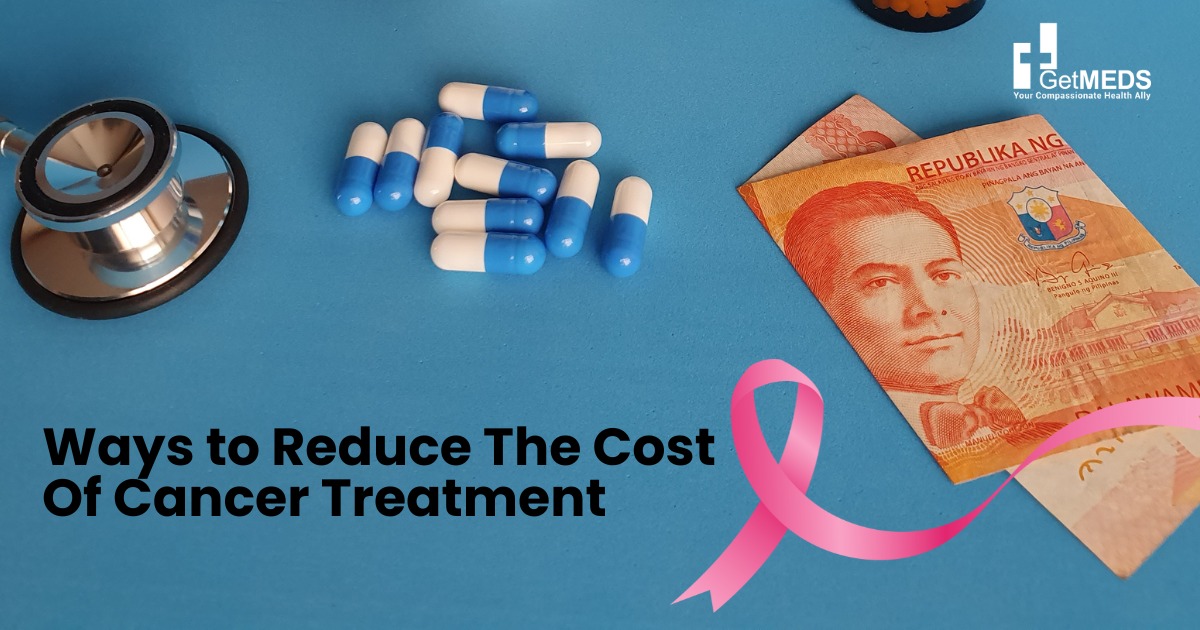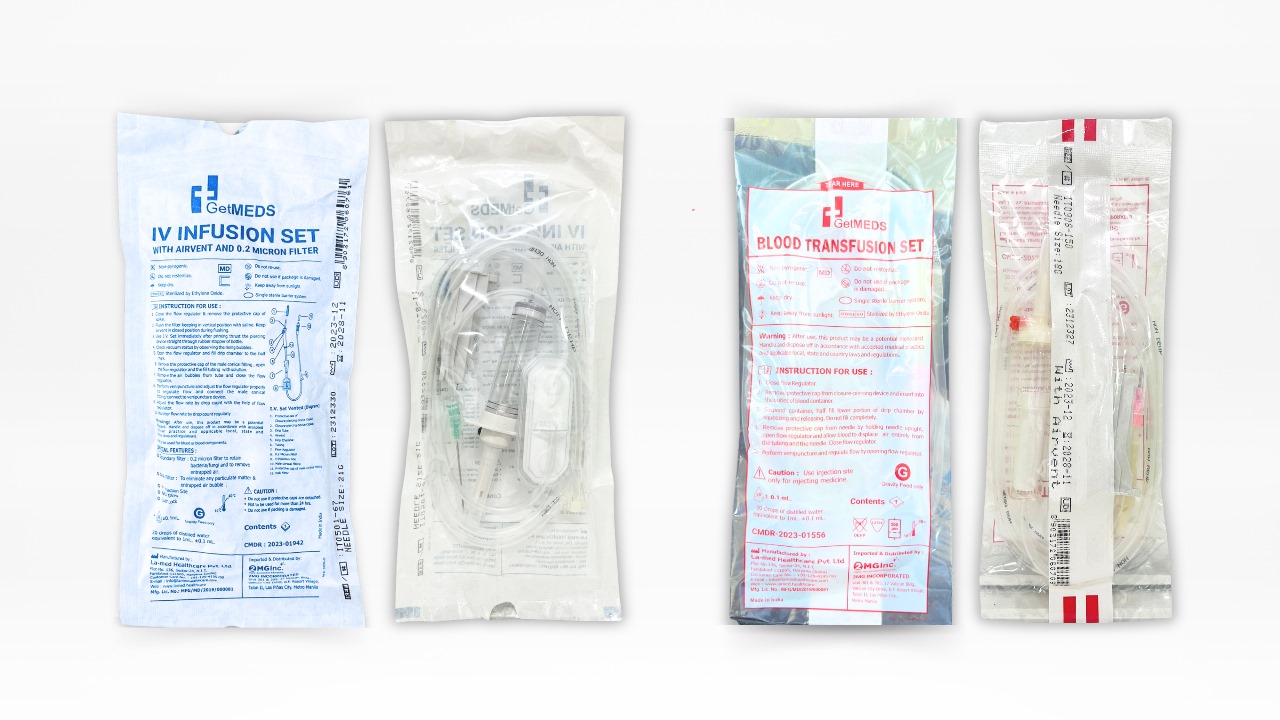Abbreviated as SCLC, Small-Cell Lung Cancer is the rapidly-growing one that develops in the lungs’ tissues. By the time an individual gets the diagnosis, this disease has often spread (metastasized) outside of your lungs. Also, Small-Cell Lung Cancer is more likely as compared to other lung cancer types to come back after the treatment. Please note that SCLC is the least common kind of lung cancer, as well as one of the major Small cell lung cancer causes, is smoking. A lot of people who have this disease, an approximate 8 out of 10, develop Non-Small Lung Cancer.
As compared to Non-Small-Cell Lung Cancer (NSCLC), small cell lung cancer develops quicker as well as is more likely to spread. About 15% of individuals diagnosed with lung cancer have SCLC. Its symptoms and signs include shortness of breath, chest pain, and coughing. Various procedures and tests which examine your lungs are utilized for diagnosing and staging SCLC. Its diagnosis starts with an extensive physical evaluation & medical history so that any of the small cell lung cancer risk factors can be eliminated as soon as possible.
In case this disease is suspected, the doctor will utilize many tests to support diagnose SCLC properly. Once its diagnosis is confirmed, then the doctor will stage cancer.
Table of Contents
SCLC Causes
- The major cause of both NSCLC and SCLC is tobacco smoking. However, the latter is more firmly associated with smoking as compared to the former one.
- Not only this, but second-hand tobacco smoke is also the risk factor when it comes to lung cancer. Those people residing with the smoker have a nearly 30% boost in the risk of getting infected from NSCLC & a 60% boost in the risk for SCLC in comparison to those people who don’t get the exposure to second-hand smoke.
- Every lung cancer type takes place with enhanced frequency in those individuals who mine uranium, however, SCLC is the most common one. The generality is enhanced further in a uranium miner who smokes.
- Exposure to radon (the inert gas which develops from uranium’s decay) has been studied as one of the most prevalent oat cell carcinoma causes.
- The exposure to Asbestos hugely boosts lung cancer risk. A blend of cigarette smoking and asbestos exposure enhances the risk ever further.
Always remember that lung cancer’s exact cause is not known. However, it is believed that the precancerous modifications in your lungs can result in cancer. These alterations impact the cells’ DNA inside your lungs which causes the faster growth of your lung cells.
Smoking previously or being a smoker now might increase the risk of a person in developing SCLC. This disease is almost exclusive to those patients who are former or current smokers. It is quite rare for somebody who hasn’t ever smoked to get infected from SCLC, unlike the NSCLC that can take place in 15%-20% of the non-smokers. For a majority of cancers, older age is the predominant risk factor. The possibility of getting infected with cancer increases as you get older. Moreover, when smoking is blended with other oat cell carcinoma risk factors, lung cancer risk gets a boost.
Treatment options
Different treatment types are available for patients with SCLC. A few treatments are basic (the currently utilized treatment), and the others are being tested in the clinical trials.
There are 6 kinds of basic treatment –
- Chemotherapy – It is the cancer treatment that utilizes drugs for stopping the cancer cells’ growth, either by putting a stop to their division or by killing cells. While chemotherapy is injected into your muscle or vein or taken by mouth, the drugs enter your bloodstream as well as can reach the cancer cells throughout your body (systemic chemotherapy).
- Surgery – It might be utilized if your cancer is found in a single lung & in nearby the only lymph nodes. Since this lung cancer type is often found in both your lungs, surgery alone is not usually utilized. During the surgery, your doctor will remove the lymph nodes for finding out if they have cancer in them. At times, surgery might be used for removing the lung tissue sample to look for the exact lung cancer type.
- Immunotherapy – This treatment uses the immune system of the patient for fighting cancer. The substances which are made by your body or are made in a lab are utilized for boosting, directing, or restoring the natural defences of the body against cancer.
- Radiation Therapy – This is a small cell lung cancer treatment which utilizes powerful-energy X-Rays or any other radiation type for destroying the cancer cells or preventing their growth. External Radiation Therapy utilizes the machine outside your body for sending radiation toward cancer.
- Endoscopic Stent Placement – The endoscope is a tube-like, thin instrument utilized for looking at tissues inside your body. It has a lens and a light for viewing as well as might be utilized for placing the stent in your body structure for keeping the structure open.
- Laser Therapy – This treatment for SCLC utilizes a laser beam (the narrow ray of intense light) for destroying cancer cells.
Please note that the treatment’s success depends upon the SCLC’s stage. Unfortunately, in most of the people suffering from SCLC, it has already spread to their other organs by the time this disease gets diagnosed. That shortens their life expectancy. Furthermore, the 5-year survival rate is between 2% and 31%. Please note that advanced stage SCLC can’t be cured. So, make it a point that you have sufficient knowledge regarding Small Cell Lung Cancer Causes so that you can treat the same at the initial stage only.
Thanks to the advancement in the medical industry, there are a lot of treatments available through which you can refine the quality of your life and treat cancer symptoms. At the same time, also nurture your body & mind by performing activities that you enjoy the most, besides exercising, and eating well. Also, spending time with friends and family can boost your energy and mood during the treatment.

 Login/Register
Login/Register
-777x437.png)










Be the first to comment on "What are the Causes & Treatment Options for Small Cell Lung Cancer?"